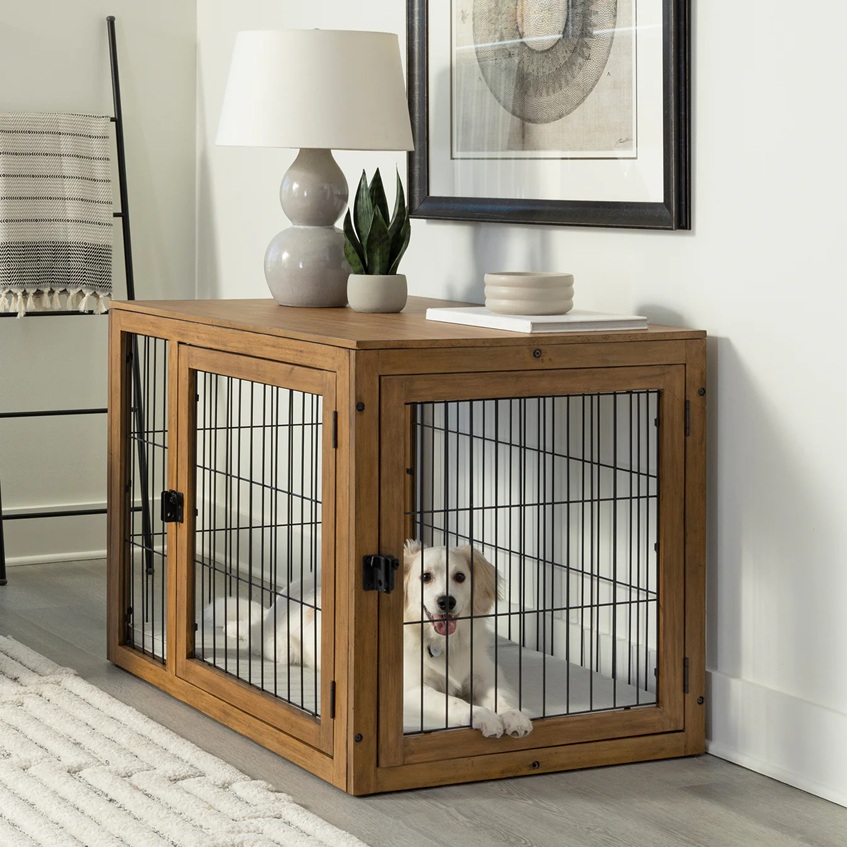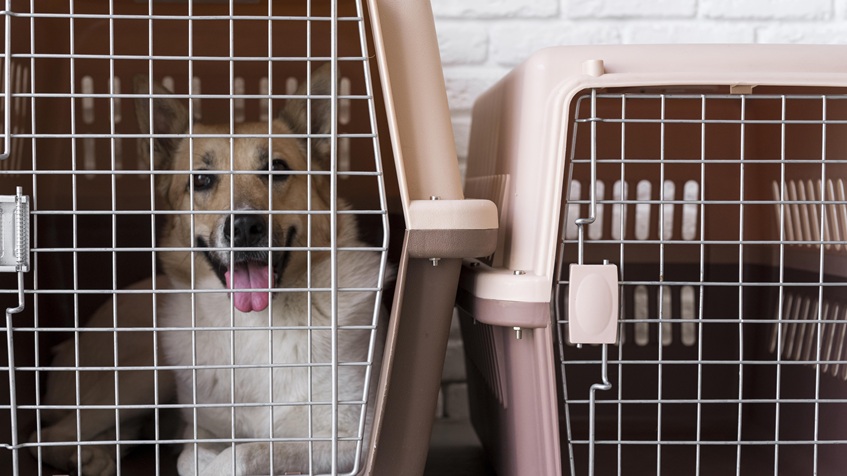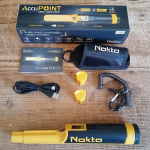Crates have come a long way, much like other pet-training methods. But the basics haven’t changed: The best crate for your furry friend should be safe, sturdy, and easy to clean. Your pet should also feel good using it- it should be a happy place for them, never a punishment. And to find one they feel comfortable in, you might have to do some searching.
Selection

Keep your furry buddy safe and sound with durable and well-designed crates for pets. Picking the right pet crate type can be overwhelming due to the many options available. The kind of crate you choose should be based on your budget, whether your dog is a chewer, and what you want to use the crate for. You should consider an option that is secure enough to prevent an escape and one that’s easy to assemble and take apart.
Plastic
Plastic dog crates are easy to carry around the house and can even serve as travel carriers for dogs. If you plan on flying, search for a plastic box that is sturdy, well-ventilated, and airline-approved. Best of all, plastic crates are easy to clean.
Metal
Metal is a terrific material option for dogs who are prone to chewing through other materials. When making your decision, consider the ease of assembly, durability, and cleaning. These boxes are the most durable you can buy, with excellent air circulation and visibility, however, they are not the most visually appealing. Fabric covers offer additional isolation for your dog while also improving the appearance of these crates. You can also add a dog bed for extra comfort.
Wood
Wooden pet crates are typically the most appealing and pricey option. Most wooden alternatives function as pieces of furniture, such as end tables, that complement your decor while giving ample support for your dog. Keep in mind that they require building, are heavier than other types of dog cages, and are more difficult to maintain.
Soft
Soft or fabric crates for pets are a convenient option if you have a small breed dog who will not chew on them. Many of these soft crates, similar to plastic crates, can be used as dog travel carriers, although they are more difficult to clean if an accident occurs. They’re lightweight, easy to assemble, and most fold down for storage.
Collapsible or Not
When narrowing down your options, you can also choose between collapsible and non-collapsible designs. Collapsible pet crates are portable and fold up for easy storage, which is very useful while travelling with your dog.
On the other hand, non-collapsible pet crates do not fold up as the name implies. However, this does not imply that they are inconvenient, as many variants do not collapse and are lightweight and portable. The materials used to make these crates, whether collapsible or not, have a significant impact on their longevity, comfort, and simplicity of transport.
Size

The size is another important aspect to consider. A crate that is too small may be uncomfortable and cause anxiety for your dog, but one that is too large may not provide the sense of security that dogs intuitively crave. Large dogs require a variety of large dog cages that allow them to stand, turn around, and lie down comfortably.
The internal design of many large dog cages may have a significant impact on their comfort. Some crates have dividers and can function as dog barriers. These can be adjusted as your dog grows, which is especially useful. Understanding the balance between appropriate space and a cosy den-like environment can have a major impact on how your dog perceives the box. These are especially useful if you have a puppy that is still growing.
Large crates which measure approximately 34″ long and 23″ high for dogs weighing between 40 and 70 pounds, are excellent for breeds such as Boston Terriers, Bulldogs, English Setters, Dachshunds, and Cavalier King Charles Spaniels.
Extra-large crates, on the other hand, are around 40″ long and 28″ in height and are suited for dogs weighing 70 to 90 pounds, including Bull Terriers, Dalmatians, Golden Retrievers, Labradors, Siberian Huskies, and Border Collies.
XXL cages, which are around 46″ long and 30″ tall, are ideal for dogs weighing 90 pounds or more. German Shepherds, Greyhounds, Great Danes, Rottweilers, Bernese Mountain Dogs, and Alaskan Malamutes can all enjoy these.
Keep in mind that these measurements are only guidelines, and sizing may vary between manufacturers, so read the dimensions before making a purchase.
Features to Look for
When picking the ideal crate for a pet, there are a few factors to consider. For example, if you frequently travel with your pet, an airline-approved travel crate may be the best solution. Making your dog comfortable in their travel crate before your vacation can help alleviate their tension.
On the other hand, if your area is better suited to a crate with a side rather than a front entrance, keep this in mind while making your purchase. Some boxes have two exits for increased flexibility. If you want to place the crate in a living space, you might choose a wooden or furniture-style crate. When finding the best fit, consider how and where the cage will be used.


